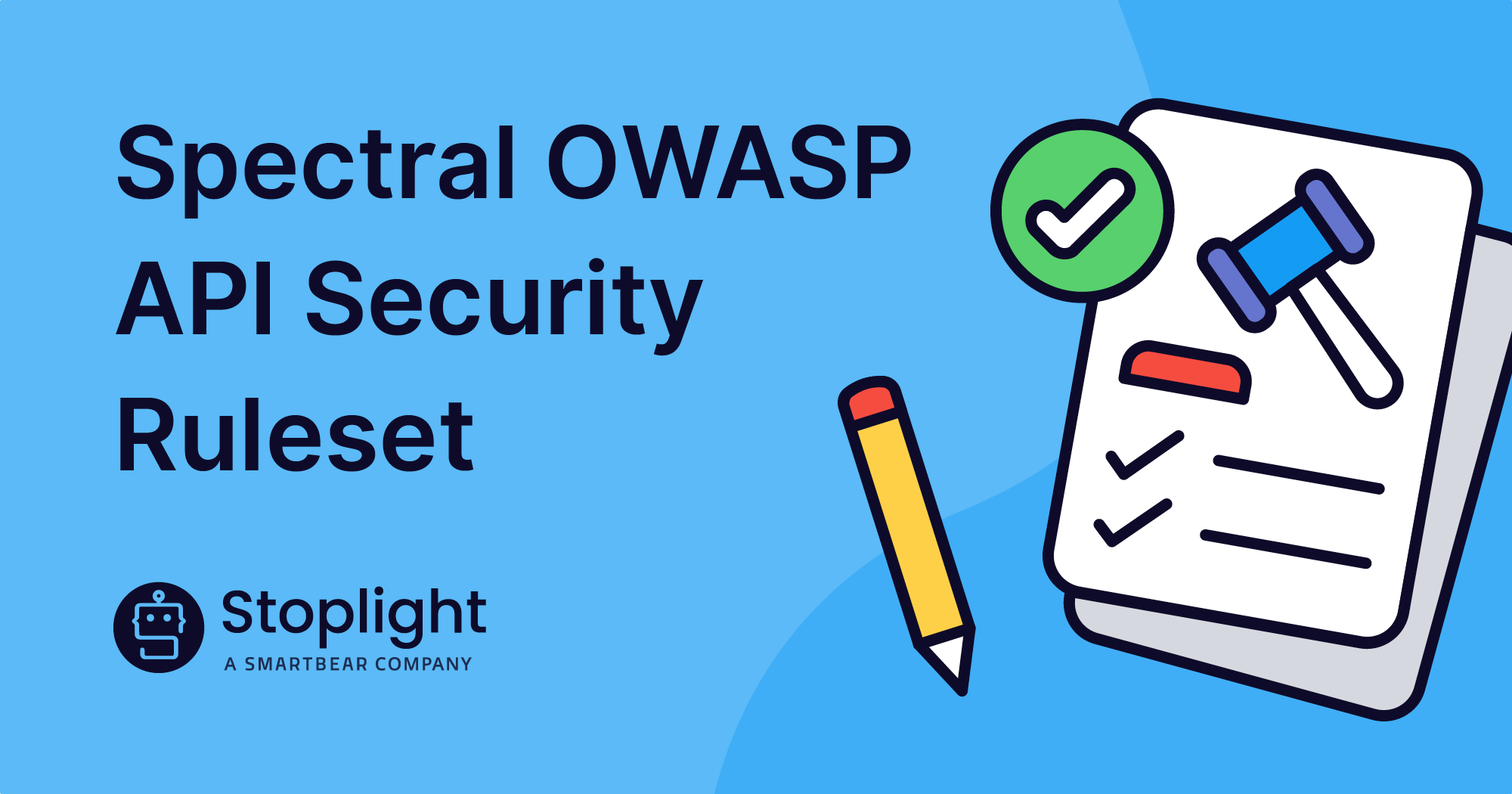Pro Sports Stadiums show us that thoughtful design around the game can turn fans into a formidable advantage on the field.
Chances are that if you’re reading this, you’ve heard someone mention the Design-First approach to building APIs and that’s for good reason; it is an excellent (and growingly popular) way to develop best-in-class APIs. If you haven’t, that’s ok – now is the perfect time to dive into Design First.
I wholeheartedly recommend building APIs this way, but I also want to help you save time, money, and frustration by letting you in on a misconception about Design First.
The truth is that Design-First is not “design your API tech stack first,” it is “design for your customer first.”
The secret sauce of Design-First is its customer-centricity; it helps you design APIs around their use by the customer, not by the technical machinery beneath the surface. You start with the customer and work outwards – it is technical empathy in action.
Something to keep in view: APIs are fundamentally for machine-to-machine communication and the reality is that your Customers themselves don’t consume your API, they experience it. They expect the API to deliver value but they are won over by the experience that surrounds it.
Building a Design-First API Program requires specific technical skills and the right resources, and will require plenty of focus in getting it right. Just don’t let that be your only focus.
Use Design-First to make sure the customer and their experience are your first focus.
Give your Customers a Game-Day Experience
The good news is that we can look to other industries for inspiration on designing an experience that wins customers over. One that turns their customers into their own advantage – Pro Sports.
Right now, it’s the NFL Playoff season and the stakes are high – it’s win or go home – and both the teams and the fans can feel it.
And one of the most coveted advantages in the Playoffs is playing at home. There are many benefits of having a home-field advantage but an undeniable one is the impact of the home crowd.
And top-notch Pro Sports teams turn their fans into their own 12th Man advantage.
They do this by not only winning on the field, which is expected but by designing the entire stadium around the experience of their customers, their fans.
They find ways to keep them engaged, comfortable, and most importantly close to the action on the field.
They design an experience where their fans can feel and participate in the game.
What would this look like for a solid API Program? What would a stadium have that would multiply the play on the field?
Having a great experience is designing for the entire value exchange, not just the raw delivery of it. When Pro Sports teams design their stadiums they reduce any friction that gets in the way of their fans experiencing and participating in the game.
Stadiums are for the fans because other than a leap here or there, the players and coaches are regulated to the field. The design isn’t for the play of the game but for the participation of the fans.
This is how Design-First helps you build better APIs because it forces you to focus on building what the customer needs in the way they need it.
In our “Design-First Stadium,” here are a few examples of how to create a good experience around the API which may not be directly a part of the technology behind the API.
|
Stadium Experience |
Design First Experience |
|
Thoughtful and intuitive layout/walkways |
Consistent Routes |
|
Safe, access-controlled, and credentialed staff |
Proper Authentication and Authorization |
|
Plentiful restrooms and concessions |
Ability to scale and handle demand spikes. |
|
A clear view of the game |
Observability and Error Handling |
|
Highly visible directional signs |
Good Documentation |
|
Ample Parking and Tailgating Area |
Community outreach and engagement |
|
Friendly staff |
Good Customer Support/Success |
This is by no means an exhaustive list; the point here is that it matters not just how well of a staffed team you have or how well-coached they are, if the stadium gets in the way of the fans experiencing their team, everyone loses.
It’s not enough to build a great API, have a good team, and have great tech. To succeed, you have to build the customer experience around your API. And when done well your fans will become an advantage for you by cheering you on.
The reality is that all the fields are the same size and shape. The rules are the same. But where the game is being played makes a difference. If your fans are engaged and enjoying their experience, they’ll reward you with a competitive advantage.
If your Design-First approach keeps your customer’s input at the forefront, you will have the empathy, insight, and imagination to not only deliver value to them but deliver it in the way they want and need it to be. The ability to turn them into your home-field advantage.
Outlining how to use Design-First to keep your customer’s experience in focus and provide a good experience
As much as you need a strong development team for Design-First to be a success, you must have the voice of your customer in your meetings and discussions. And do that you have to hear from them.
Before they have a Stadium blueprint, Pro Sports teams have an imprint of exactly what their customers want. And we need the same imprint before we talk about all of the important, internally-facing aspects of building an API program. governance, dev portals, and linters.
Here are some recommendations for helping you Design First for your customer:
- Talk with your Customers. Get real feedback – directly, if possible.
- Have Customer advocates involved in the API contract design process. (Support/Sales team members)
- Run small A/B tests – try things out and get customer feedback. Don’t make breaking changes but don’t be afraid to tweak your offering if it’s causing friction.
- Start an Early Access Program – roll out new features sooner than later and get feedback. Repeat.
- Eat your own dog food – take in a game at your stadium or that of a rival. See how it feels to be the customer of your own APIs.
These are not profound calls to action but they will provide you with profound insight into how to design with your customer in mind and keep attention to not only delivering excellence on the field (API) but also building a first-class experience around it.
This will turn your fans into your own fanatics and bring clarity to your Development teams. You’ll be well on your own way to the coveted home-field advantage.
And if you need help in understanding your customers, we at InnovateMR can help.
For more on design-first best practices, check out Stoplight’s API design guide.

